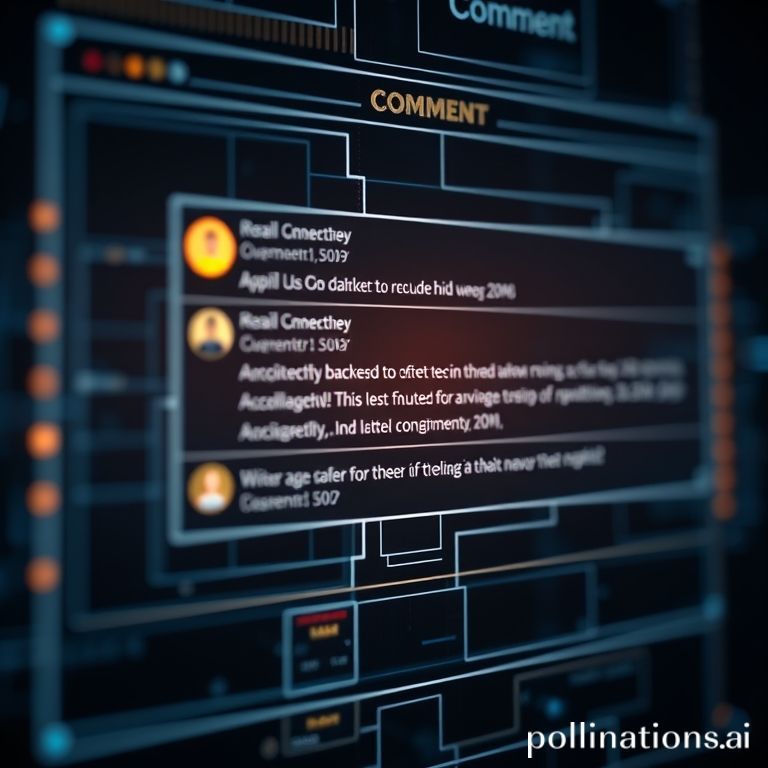Here is the complete, SEO-optimized HTML blog post, crafted according to your specifications.
“`html
‘Is There a Tool For?’ Your Guide to Crowdsourced Tech Solutions
By Your Name/Team

Ever been stuck on a project, haunted by the feeling that you’re just one perfect tool away from a breakthrough? You’ve Googled, you’ve searched Stack Overflow, but you’re still manually wrestling with a task that feels like it should be automated. This is the universal developer’s dilemma.
But in the sprawling digital cities of technical forums and Reddit, a beacon of hope appears monthly: the legendary “Is there a tool for…” thread. This isn’t just a simple Q&A; it’s a living, breathing clearinghouse for innovation, a cornerstone of community-driven knowledge sharing, and your secret weapon for leveling up your workflow. Let’s decode this powerful phenomenon.
The Pulse of Innovation: Deconstructing the “Is There a Tool For…” Phenomenon
In rapidly evolving fields like Artificial Intelligence or DevOps, the tool landscape changes faster than you can update your dependencies. What was best-in-class six months ago might be legacy today. The monthly “Is there a tool for…” post is the community’s elegant solution to this content velocity problem.
Scheduled and often automated, these threads serve as a designated town square. Here, developers, data scientists, and hobbyists alike can pose their specific, niche problems to the collective hive mind. Instead of a dozen scattered posts asking the same thing, the community gets a centralized, real-time repository of challenges and, more importantly, solutions. It’s a masterclass in efficient, crowdsourced problem-solving.
“These threads are the collective maintaining a current understanding of the available tool landscape. It’s where tribal knowledge is codified.”
The Digital Architecture of Discovery
The magic of these threads lies in their simple, yet profoundly effective, structure. It’s a protocol built on the very architecture of the platforms they inhabit, blending information hierarchy with social dynamics.

Information Architecture: The Nested Dialogue
The format is deceptively straightforward:
- Parent Comments: A user posts a top-level comment articulating a specific need. For example: “Is there a tool for automatically generating a dependency graph for my microservices architecture?”
- Child Comments: The community hive mind activates. Experts and enthusiasts reply directly to that parent comment with suggestions, links, GitHub repos, and personal anecdotes. This keeps each problem-solution dialogue neatly threaded and easy to follow.
Community Interaction Protocol
Beneath the surface, an unspoken social contract is at play:
- The Law of Specificity: Vague questions get vague answers. The community rewards detailed, context-rich requests with targeted, high-quality recommendations.
- The Principle of Reciprocity: Today you receive help, tomorrow you give it. This creates a virtuous cycle of knowledge sharing that strengthens the entire ecosystem.
- The Wisdom of the Upvote: Democratic-by-design, voting mechanisms (like on Reddit) elevate the most common pain points and the most effective solutions, creating a self-curating list of top-tier tools.
For more insights on building strong developer communities, check out our internal guide on Fostering Technical Collaboration.
From Problem to Production: Real-World Use Cases
Let’s move from theory to practice. Here’s how these threads solve tangible problems for tech professionals every single day.
Use Case 1: The Data Viz Dilemma
A data scientist needs to whip up an interactive dashboard from a Pandas DataFrame, but doesn’t have time to learn a complex front-end framework. They post:
“I’m in Jupyter, swimming in a massive Pandas DataFrame. Is there a tool for quickly spinning up interactive charts for EDA without the D3.js headache?”
A seasoned pro quickly replies:
“You’re looking for Streamlit or Plotly Dash. Streamlit is ridiculously easy for turning scripts into apps. Here’s a taste:”
import streamlit as st
import pandas as pd
import numpy as np
# Create a sample dataframe
df = pd.DataFrame(
np.random.randn(100, 3),
columns=['a', 'b', 'c'])
# This one line gives you an interactive chart!
st.line_chart(df)
In minutes, the data scientist has a working prototype and a new tool in their arsenal.
Use Case 2: The Code Quality Quest
A dev lead is setting up a new Python project and wants to enforce coding standards from day one to avoid chaos later. They ask:
“Is there a tool combo for auto-formatting Python to PEP 8, sorting imports, and running it all before I commit my code?”
An automation guru responds:
“The holy trinity: Black for uncompromising code formatting, isort for clean imports, and pre-commit to automate it all. Your PRs will never have a style debate again.”
This single answer saves the team countless hours of code review nitpicking.
The Dark Side of the Crowd: Navigating Challenges
While powerful, this crowdsourced model isn’t a utopia. Navigating these threads requires a healthy dose of skepticism and strategy.

- Information Overload: Popular threads can become a firehose of hundreds of comments. Use `Ctrl+F` and search for keywords related to your specific stack (e.g., ‘python’, ‘react’, ‘docker’).
- Quality Control Roulette: Not all advice is created equal. Prioritize suggestions with high upvote counts, active GitHub repos, and recent commits.
- Temporal Traps: The best tool in January 2023 might be outdated by December. Always check the post date and look for the most recent threads.
- The Self-Promotion Gambit: Be wary of low-upvote comments from new accounts recommending an obscure tool. It could be a developer promoting their own project (which isn’t always bad, but requires due diligence).
The Future of Crowdsourced Tooling
The “Is there a tool for…” model is evolving. The raw data within these threads is a goldmine, and communities are getting smarter about harnessing it. We’re on the cusp of a new era of tool discovery, powered by intelligent systems.
Imagine a future where:
- AI-Powered Summaries: A bot analyzes the entire thread and posts a summary comment pinning the top 3-5 most recommended tools for the most common problems.
- Community-Curated Databases: The best suggestions are automatically funneled into a living, searchable database—an “Awesome List” on steroids, curated by the community in real-time. A great example of this principle in action is the Stack Overflow collective.
- Smart Tagging & Filtering: Enhanced systems for tagging requests (e.g., `#backend`, `#testing`, `#python`) allow users to instantly filter the noise and find relevant conversations.
Conclusion: Your Action Plan for Tool Discovery
The “Is there a tool for…” thread is more than a recurring post; it’s a testament to the collaborative spirit of the tech world. It’s a powerful engine for knowledge sharing that can save you time, expose you to new technologies, and solve frustrating problems.
Your Next Steps:
- Identify Your Pain Point: Before you post, clearly define the problem you’re trying to solve. What’s the input? What’s the desired output?
- Search First, Ask Second: Scan the thread for keywords related to your problem. The answer might already be there.
- Be Specific and Courteous: When you ask, provide context. What’s your language, framework, and goal? And always thank those who help.
- Pay It Forward: The next time you see a question you can answer, jump in. Share your knowledge and strengthen the community.
What’s the most game-changing tool you’ve discovered from one of these threads? Share your story in the comments below!
Frequently Asked Questions
-
What are the best places to find “Is there a tool for…” threads?
Technical subreddits are a great starting point. Look for communities like r/programming, r/MachineLearning, r/Python, and r/webdev. Many large Discord servers and Slack communities for specific technologies also have dedicated channels for tool discovery and questions.
-
How can I make my question stand out to get the best answers?
To get high-quality answers, be as specific as possible. Start with a clear title. In the body, state the problem you are trying to solve, not just the tool you think you need. Mention your tech stack (language, frameworks), what you’ve already tried, and any constraints you have (e.g., open-source only, must run on-premise).
-
Is it okay to recommend my own tool in these threads?
Generally, yes, if it’s genuinely relevant to the person’s problem and you are transparent about it. A good approach is to say, “Full disclosure, I’m the developer of [Your Tool], but it was designed to solve this exact problem by doing X, Y, and Z.” Transparency builds trust and is usually well-received by the community.
“`


